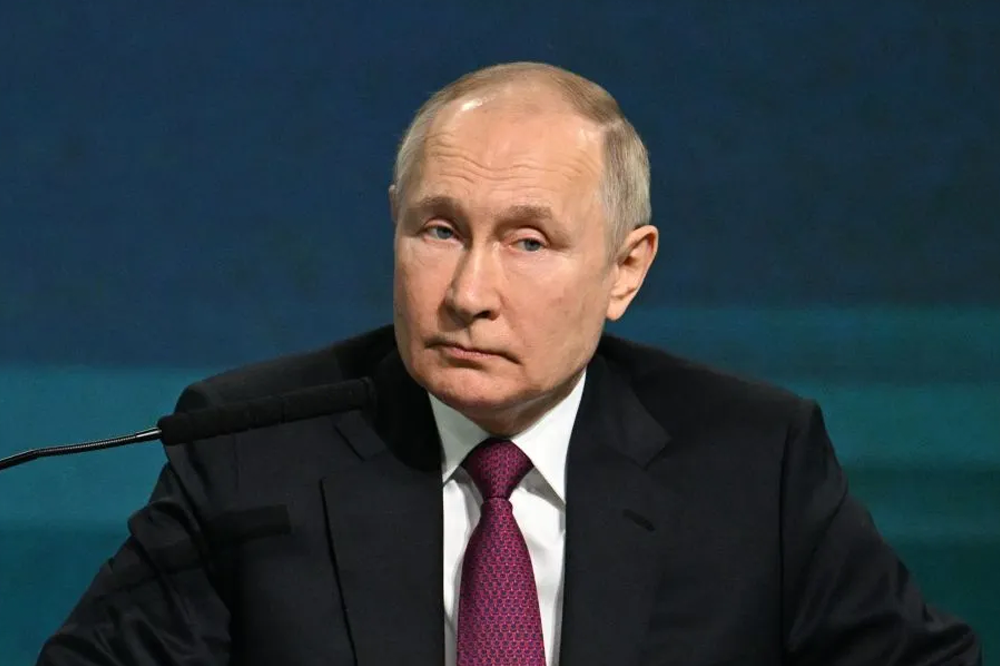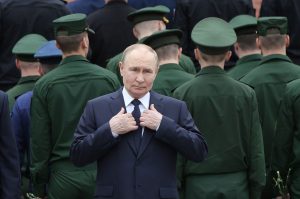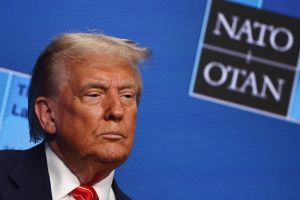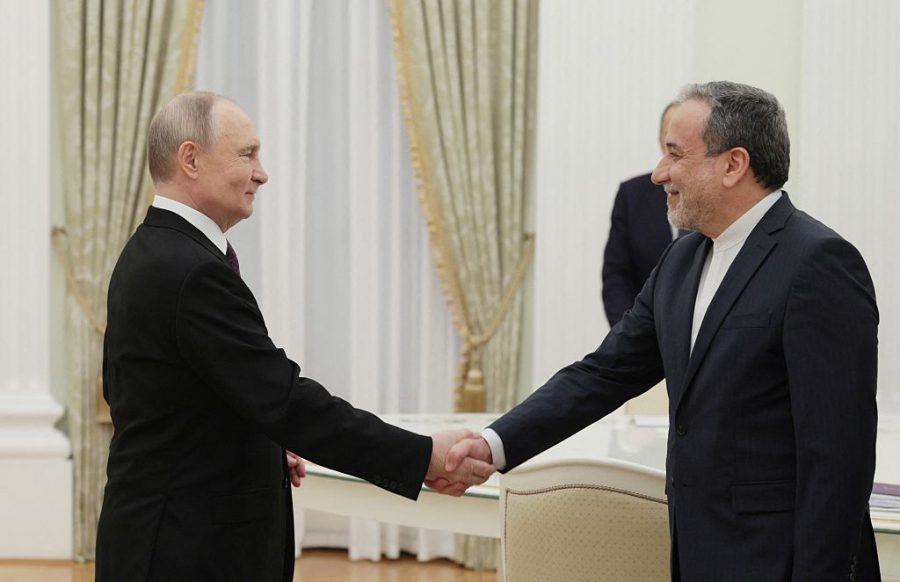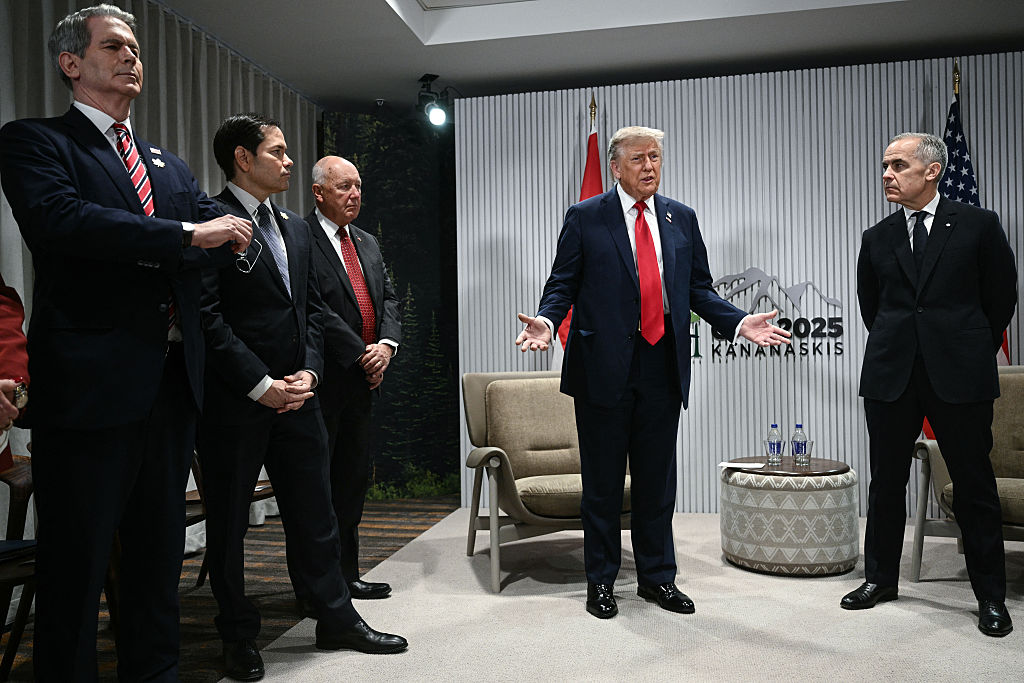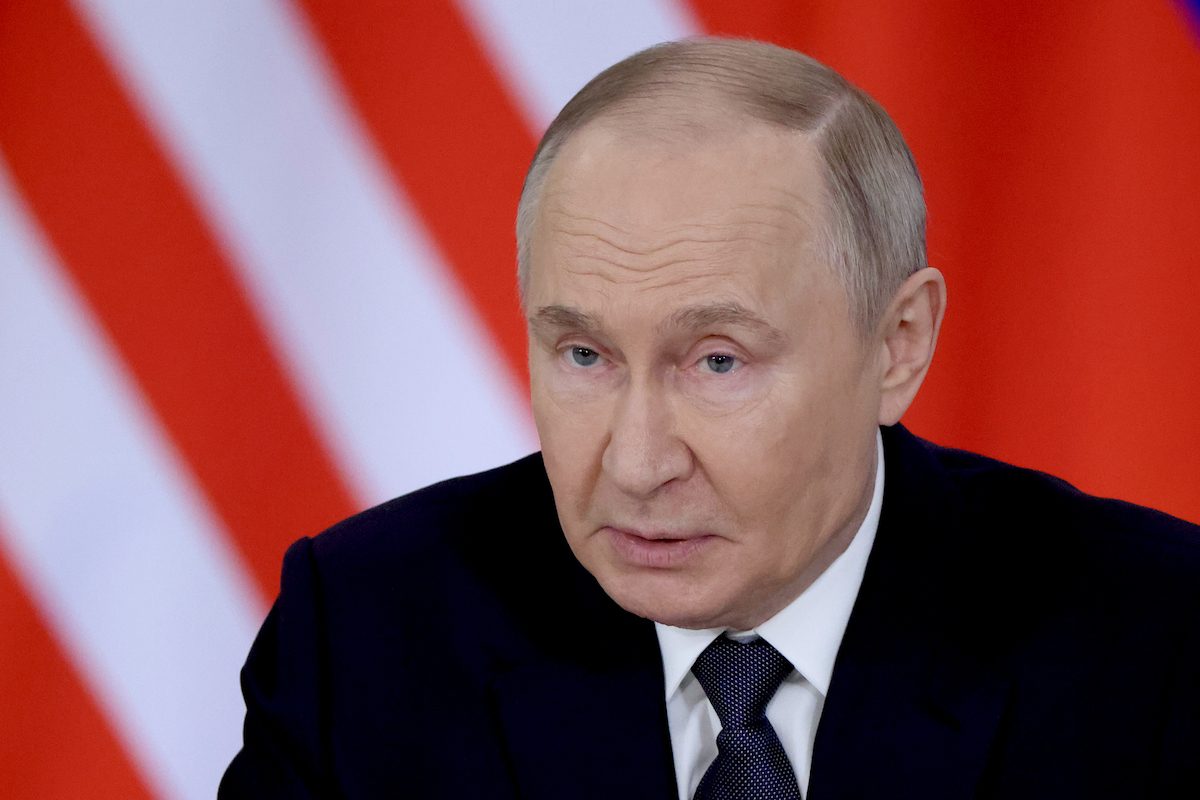Who needs Santa when you have Vladimir Putin? Just in time for Christmas, the Russian president has promised his military “everything it needs” and an extra half a million men. On one level, this represents a further militarization of the state — but at the same time, it is unattainable, and probably a misreading of the lessons of the Ukraine war.
While Volodymyr Zelensky was receiving an ovation in the US Congress, Putin was hunkered down with his military leaders. He was in no mood to be stingy, saying that there were no “funding restrictions” for the military and that “the country and the government will give everything that the army asks for. Everything.”
Calling Russian soldiers “heroes,” he confirmed what had been assumed, that half of Russia’s 150,000 mobilized reservists had not been deployed to the battlefield yet, but were being trained and equipped to form units ready for a spring offensive. This clearly is not enough, though, and he also approved a proposal by defense minister Sergei Shoigu to increase the size of the armed forces by just under 500,000, to 1.5 million, including an extra 300,000 volunteers, the so-called kontraktniki. (The Russian military has an establishment, or paper, strength of 1.15 million now, but its real strength is under a million.)
Shoigu’s speech outlined a sweeping series of changes, over and above the expansion of the military. He proposed shifting the age range for national service from 18-27 to 21-30, but also a significant reorganization. Rolling back reforms that he himself instituted when he became minister in 2012, which made the smaller, more flexible brigade the basic building block of the military, he wants to establish or recreate fully twenty-two new divisions, ten of them from scratch.
Some of these reforms would seem to make sense. The brigade-based structure reflected an assumption at the time that Russia was not going to be fighting “big wars” but rather smaller, power projection missions. Divisions are much more suited to a major conflict such as the ongoing conflict in Ukraine. However, this is essentially reform on paper, so far. Putin may pledge unrestricted funding, but with defense spending already having grown by a third from 2022-23, there will be practical limits. More to the point, even if the money to train, house and equip these soldiers is found, where are all these extra troops going to come from?
The target of recruiting an extra 290,000-plus kontraktniki seems wildly optimistic. They have borne the brunt of the fighting in Ukraine and have suffered tens of thousands of casualties. For young men in relatively impoverished regions such as Dagestan and Buryatia, a military career seemed an attractive option — until the war. Now, despite a massive publicity campaign, it is proving difficult to find enough new recruits to make up the losses, let along expand the force.
If the military is to grow, this is likely to have to be on the basis of conscription. Pushing back the period of draft eligibility is one sleight of hand intended to get round the main grounds on which potential recruits can avoid national service: education deferrals. Young men heading to higher education can defer their national service, and if they continue in education until they are twenty-eight, they are free of the obligation. It will be rather harder to duck and dive all the way to age thirty-one.
However, the military value of conscripts on twelve-month terms is often pretty limited. Most Russian officers reckon that once you account for training and field assignment, and then the last month when the so-called dembely are counting down the days to demobilization, they are only really usable for three to four months. This helps explain why rumors are circulating that the draft will be extended to eighteen or even twenty-four months, leading to a more seasoned and more sizable conscript pool.
Putin has held back from committing conscripts into the war so far, mindful of the inevitable public backlash. For all his claims that “we’re not going to militarize our country,” though, under the pressure of war Russia is increasingly coming to resemble the Soviet Union, an authoritarian state where the needs of warfighting take absolute precedence over the interests of the population.
Even so, proposals like recruiting an extra couple of divisions of paratroopers when the existing force has suffered devastating losses in the war, or rolling out advanced precision-guided missiles when Russia is running short of microchips, simply lack credibility. Putin may tell himself that his army will emerge stronger than ever, and no one in Moscow will dare question him, but Kyiv is demonstrating on the battlefield just why this is not going to happen.
This article was originally published on The Spectator’s UK website.



